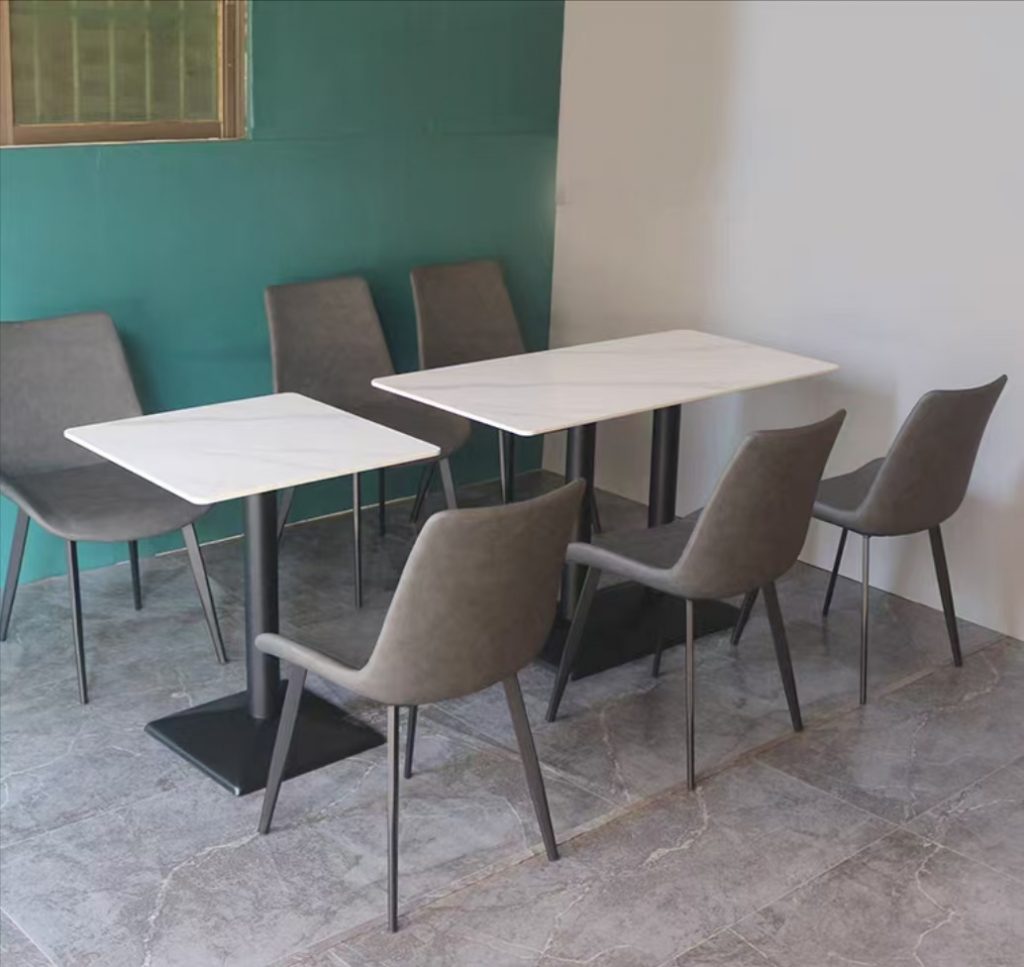


The furniture industry is embracing augmented reality (AR) as a transformative tool to streamline manufacturing, elevate customer experiences, and drive sustainability. For factories, AR bridges the physical and digital worlds, enabling real-time visualization, precision, and innovation. This article explores how AR is reshaping furniture production, the technologies driving it, and actionable strategies for factories to harness its potential.
—
1. The Role of AR in Modern Furniture Manufacturing
AR overlays digital information onto the physical environment, offering factories unique capabilities to:
– Reduce Errors: Overlay design blueprints onto physical components for real-time assembly guidance.
– Accelerate Prototyping: Visualize and test designs virtually before physical production.
– Empower Workers: Provide hands-free, step-by-step instructions for complex tasks.
For manufacturers, AR drives efficiency, reduces waste, and enhances collaboration across teams.
—
2. Key Applications of AR in Furniture Factories
a. Design Visualization and Prototyping
– Virtual 3D Modeling: Designers manipulate AR models to test shapes, materials, and ergonomics in real time.
– Scale Accuracy: Use AR to project life-sized furniture into physical spaces, ensuring proper fit and proportion.
b. Assembly Line Optimization
– Guided Workflows: AR headsets display step-by-step instructions for assembly, reducing downtime and errors.
– Quality Control: Scan components with AR-enabled cameras to detect defects or deviations from specs.
c. Customer-Centric Customization
– Virtual Showrooms: Customers use AR apps to visualize furniture in their homes, adjusting colors, sizes, or configurations.
– Size Matching: AR mirrors or apps let buyers see how sofas, tables, or beds scale within their spaces.
d. Training and Maintenance
– Interactive Tutorials: New employees learn assembly processes via AR simulations.
– Remote Assistance: Experts overlay repair guides onto machinery for on-site technicians.
—
3. Technologies Enabling AR in Furniture Manufacturing
a. AR Headsets
– Microsoft HoloLens 2 or Magic Leap provide hands-free access to digital schematics during assembly.
– Smart Glasses: Overlay real-time data onto workstations for quality checks.
b. Computer Vision and SLAM
– Simultaneous Localization and Mapping (SLAM) algorithms map factory floors to enable precise AR navigation.
– Object Recognition: Cameras identify parts and match them to AR instructions.
c. Cloud-Based Collaboration
– Platforms like Spatial or TeamViewer enable remote teams to collaborate in shared AR environments.
—
4. Benefits for Manufacturers
– Cost Savings: Cut prototyping costs by 30–50% with virtual testing.
– Faster Time-to-Market: Accelerate design iterations and reduce production bottlenecks.
– Sustainability: Minimize material waste through precise digital modeling.
—
5. Overcoming Implementation Challenges
a. High Initial Investment
– Solution: Start with pilot projects focusing on high-impact areas (e.g., assembly line guidance).
– Partnerships: Collaborate with AR software providers (e.g., PTC Vuforia, Unity Reflect) to share costs.
b. Technical Complexity
– Solution: Train IT teams on AR platforms or hire specialized agencies.
c. Worker Adoption
– Solution: Gamify training and emphasize AR’s role in job security (e.g., upskilling for advanced roles).
—
6. Case Studies
Case 1: Modular Furniture Assembly
A European factory uses AR glasses to guide workers in assembling modular shelving systems. Assembly time decreased by 25%, and error rates dropped by 40%.
Case 2: Virtual Customer Showrooms
A U.S.-based brand launched an AR app allowing customers to place AR-rendered sofas in their living rooms. Online sales increased by 35% within six months.
—
7. The Future of AR in Furniture Factories
Emerging trends to watch:
– AI-Driven AR: Machine learning optimizes workflows by predicting assembly issues.
– IoT Integration: AR interfaces sync with IoT sensors to monitor equipment health in real time.
– Digital Twins: Create AR-enabled virtual replicas of factories for predictive maintenance.
—
8. How Factories Can Get Started
1. Audit Needs: Identify pain points (e.g., high defect rates, slow prototyping).
2. Pilot AR Tools: Test AR headsets or apps for a specific workflow (e.g., quality control).
3. Upskill Teams: Provide AR training and incentivize early adopters.
4. Promote ROI: Highlight efficiency gains and cost savings to stakeholders.
—
Conclusion
Augmented reality is no longer a futuristic concept—it’s a practical tool for revolutionizing furniture manufacturing. By integrating AR into workflows, factories can boost productivity, reduce waste, and deliver personalized customer experiences. Start small, prioritize high-impact use cases, and scale strategically. The future of furniture is augmented—build it today.
Embrace AR Innovation
Ready to transform your factory? Begin by exploring AR software platforms, piloting guided assembly tools, and showcasing AR features to customers. The future of manufacturing is immersive—lead the way.
Article link:https://www.vlefooena.com/manufacturer/4371/

No reply content